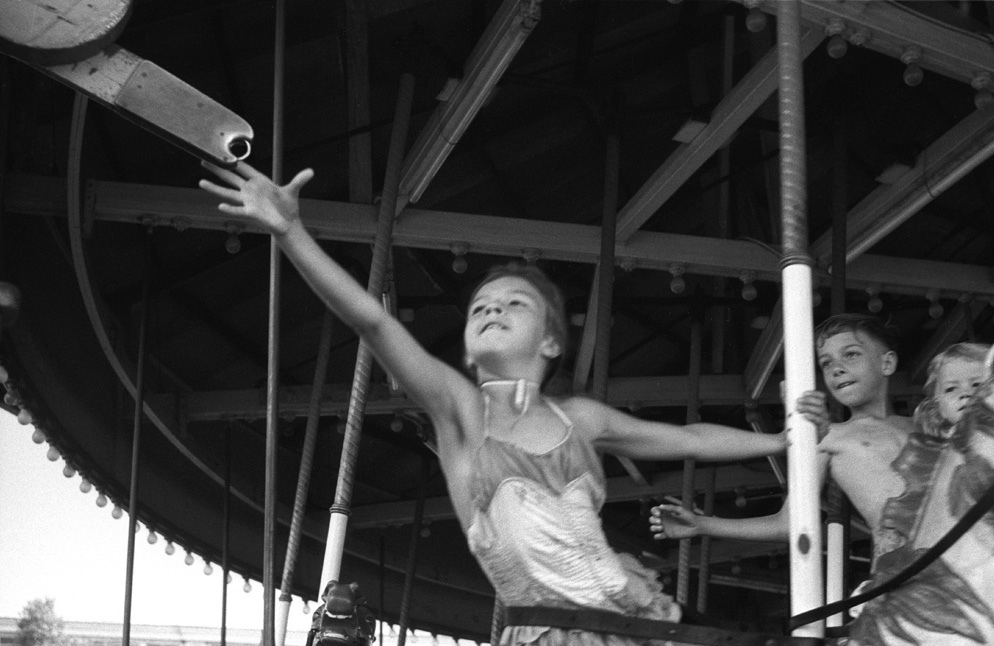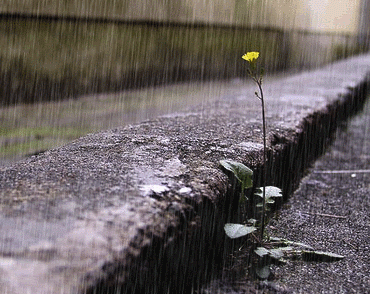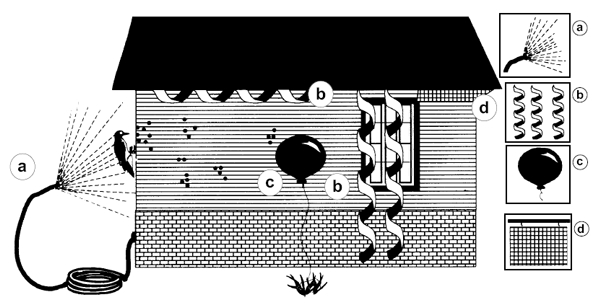Wanting, Getting, Not Wanting to Let Go
 It will be my turn to lead the Sunday Sangha this weekend and I think I want to talk about wanting and getting…and not wanting to let go. And I think I want to read something of what Bhikkhu Bodhi has to say about this, from his wonderful little book: The Noble Eightfold Path. (free download)
It will be my turn to lead the Sunday Sangha this weekend and I think I want to talk about wanting and getting…and not wanting to let go. And I think I want to read something of what Bhikkhu Bodhi has to say about this, from his wonderful little book: The Noble Eightfold Path. (free download)
“It is just at this point, when one tries to let go of attachment, that one encounters a powerful inner resistance. The mind does not want to relinquish its hold on the objects to which is has become attached. For such a long time it has been accustomed to gaining, grasping, and holding, that it seems impossible to break these habits by an act of will.
“One might agree to the need for renunciation, might want to leave attachment behind, but when the call is actually sounded the mind recoils and continues to move in the grip of its desires.
“So the problem arises of how to break the shackles of desire. The Buddha does not offer as a solution the method of repression–the attempt to drive desire away with a mind full of fear and loathing. This approach does not resolve the problem but only pushes it below the surface, where it continues to thrive.
“The tool the Buddha holds out to free the mind from desire is understanding. Real renunciation is not a matter of compelling ourselves to give up things still inwardly cherished, but of changing our perspective on them so that they no longer bind us.
“When we understand the nature of desire, when we investigate it closely with keen attention, desire falls away by itself, without need for struggle.”
Those Few Minutes
 It’s mysterious, what happens on retreats. Or at least, what can happen.
It’s mysterious, what happens on retreats. Or at least, what can happen.
Mysterious.
Fleeting.
Unforgettable.
But almost impossible to describe.
Unless you’re a poet:
The Promise
by Jane Hirshfield
Mysteriously they entered, those few minutes.
Mysteriously, they left.
As if the great dog of confusion guarding my heart,
who is always sleepless, suddenly slept.
It was not any awakening of the large, not so
much as that,
only a stepping back from the petty.
I gazed at the range of blue mountains,
I drank from the stream. Tossed in a small
stone from the bank.
Whatever direction the fates of my life might
travel, I trusted.
Even the greedy direction, even the grieving,
trusted.
There was nothing left to be saved from, bliss
nor danger.
The dog’s tail wagged a little in his dream.
It’s Good to Have Good Friends
 At our last meeting, one of my good friends in the Kalyana Mitta Group I belong to shared a lovely article written by Norman Fischer that I’d like to share with you, too. (Thanks Anne!) It’s from the May issue of Lion’s Roar magazine.
At our last meeting, one of my good friends in the Kalyana Mitta Group I belong to shared a lovely article written by Norman Fischer that I’d like to share with you, too. (Thanks Anne!) It’s from the May issue of Lion’s Roar magazine.
The article starts with a story about advice the Buddha gave to a meditator who wanted to practice alone in an especially beautiful and peaceful mango grove, but who found that his mediation was anything but beautiful and peaceful. (Probably because it was too self-centered.)
“Five things induce release of heart and lasting peace,“ the Buddha told him. “First, a lovely intimacy with good friends. Second, virtuous conduct. Third, frequent conversation that inspires and encourages practice. Fourth, diligence, energy, and enthusiasm for the good. And fifth, insight into impermanence.”
The Buddha then went through the list again, this time preceding each of the other items with the first: “When there is a lovely intimacy between friends, then there is virtuous conduct,” etc.
“In other words,” Fischer writes, “friendship is the most important element in the spiritual path. Everything else naturally flows from it…..
“In the Buddhist path, spiritual friendship takes place in the context of community….. It is less about personal connection than it is about helping one another grow in faith and goodness….
“Often the most unlikely people show up….people who under ordinary circumstances would never meet and spend weeks, maybe years, together. Yet this disparate group of people manages to find harmony, commonality, and deep mutual appreciation despite their differences. They come to share something more fundamental than their interests and affinities…”
***
I have found this to be true. Nothing is more lovely than the intimacy I have shared with spiritual friends.
Pure Enjoyment
 Just before going on retreat, one of my Dharma Buddies (thanks Carolyn!) turned me on to Ajahn Sucitto’s lovely new little book: Samadhi is Pure Enjoyment (available as a free download here.)
Just before going on retreat, one of my Dharma Buddies (thanks Carolyn!) turned me on to Ajahn Sucitto’s lovely new little book: Samadhi is Pure Enjoyment (available as a free download here.)
Samadhi is the Pali word often translated as “concentration,” but better understood as “unification” or “collectedness of mind”. Or in Sucitto’s words: “pure enjoyment!”
I read the whole book in the plane on my way to Spirit Rock (it’s a small book) and Sucitto’s words tied in perfectly with the instructions we were given: to relax, to be curious and kind, and to enjoy the process.
Here’s how Sucitto’s puts it: “When [mindfulness] is fully established, awareness can settle into the experience of the peaceful heart. This is the enjoyment of samādhi.
“I think of ‘enjoyment’ as ‘receiving joy’; and samādhi as the art of refined enjoyment. It is the careful collecting of oneself to the joy of the present moment. Joyfulness means there’s no fear, no tension, no ought to. There isn’t anything we have to do about it. So there is stillness. It’s just this.”
That has been my experience.
But don’t believe me. Try it and see for yourself!
Want a Taste?
 It’s a rare opportunity to be able to attend a month-long retreat like I just did. What if you can’t get away for a month? Don’t worry! Most of the dharma talks from the retreat are available here. (20 talks in all.)
It’s a rare opportunity to be able to attend a month-long retreat like I just did. What if you can’t get away for a month? Don’t worry! Most of the dharma talks from the retreat are available here. (20 talks in all.)
That’s a lot of talks, though, right?
Right. But you don’t have to listen to all of them. (Although taking the time to listening to them one every day would be a GREAT way to do it!)
If that’s not a possibility and you just want a taste…..try starting with Phillip Moffitt’s: Inquiry Into the Subtle Structure of the Satipatthana. He says, “When examined closely through direct experience, the beautiful blueprint of the Satipatthana is revealed in subtlety and hidden dimensions.”
I’ve listened to that talk over and over.
It’s always delicious!
Lessons Learned
 Good News: Dharma Town is up and running again. (For those of you who haven’t heard, Dharma Town was hacked by a porn site while I was away on retreat!!!)
Good News: Dharma Town is up and running again. (For those of you who haven’t heard, Dharma Town was hacked by a porn site while I was away on retreat!!!)
So….one lesson I learned is that it’s worth it to buy the SiteLock security package GoDaddy offers.
Another lesson…this one I learned while was I on the retreat and verified once I got home…is that it really DOES NOT MATTER what’s going on around you — you can still be happy, relaxed and at peace — in all kinds of trying circumstances.
For example, it rained for a solid 2 weeks of the 4-week retreat…cold, drenching rain with howling wind….torrential rain…Biblical rain…more rain than I thought was even possible for it to rain! (And the only shoes I brought were sandals.)
Then the heating system broke in the Mediation Hall, so there was no heat when we needed it most. (I brought mostly short sleeve T-shrits and a couple of light, summer-weight sweaters, plus a very light fleece jacket, and — thankfully! — a rain coat. All of which I wore — at the same time — during most of the 4 weeks.)
Then one of the two washing machines in the Spirit Rock laundry room also broke — on the day it was my dorm’s turn to have clothes washed. (I only had one pair of warm socks.)
So conditioners were challenging.
But what was going on with the practice — on the inside — was so delightful, so satisfying, so beautiful (most of the time) — that the discomfort was not really a problem.
And then later, when I got home, I found that the toilet in my house (my only toilet) had broken while I was gone, requiring a replacement, which cost many hundreds of dollars and couldn’t be installed until several days after my return. Even then, the situation was unpleasant and difficult…but really….it was not a problem.
What I mean is….it was not a problem on the inside. It was a situation that had to be fixed. Which required a lot of forbearance and persistence and the very clear setting of boundaries with plumbers (as to what was acceptable and what was not). But I wasn’t stressed out about it. It was a situation that needed to be dealt with…strongly…with urgency. But it was just a situation that needed to be dealt with strongly and urgently. It was really NOT a problem.
Same with the malfunctioning ceiling light/fan in my bedroom. And with my back going out on me. And the laundry and the grocery shopping and the hundreds of emails that needed to be dealt with. Not to mention the porn site!
These were all difficult situations that needed to be dealt with. But they were just that. My mind and my heart were — and still are — at peace.
This is possible.
For all of us.
Not Only the City
 I leave tomorrow morning for a month-long retreat at Spirit Rock. I get back in the wee hours of Easter morning, then one of my brothers and his family will arrive for a short visit, so I don’t expect to post again until April 4. In the mean time, I leave you with this selection from Invisible Cities by Italo Calvino, the “travel guide” I always consult before embarking on a journey:
I leave tomorrow morning for a month-long retreat at Spirit Rock. I get back in the wee hours of Easter morning, then one of my brothers and his family will arrive for a short visit, so I don’t expect to post again until April 4. In the mean time, I leave you with this selection from Invisible Cities by Italo Calvino, the “travel guide” I always consult before embarking on a journey:
Cities & The Sky: 3
Those who arrive at Thekla can see little of the city, beyond the plank fences, the sackcloth screens, the scaffoldings, the metal armatures, the wooden catwalks hanging from ropes or supported by sawhorses, the ladders, the trestles. If you ask, “Why is Thekla’s construction taking such a long time?” the inhabitants continue hoisting sacks, lowering leaded strings, moving long brushes up and down, as they answer, “So that its destruction cannot begin.” And if asked whether they fear that, once the scaffoldings are removed, the city may begin to crumble and fall to pieces, they add hastily, in a whisper, “Not only the city.”
If, dissatisfied with the answers, someone puts his eye to a crack in the fence, he sees cranes pulling up other cranes, scaffoldings that embrace other scaffoldings, beams that prop up other beams. “What meaning does your construction have?” he asks. “What is the aim of a city under construction unless it is a city? Where is the plan you are following, the blueprint?”
“We will show it to you as soon as the working day is over; we cannot interrupt our work now,” they answer.
Work stops at sunset. Darkness falls over the building site. The sky is filled with stars. “There is the blueprint,” they say.
“I Was Like…Whoahhh!”
 In case you missed it, there’s a great interview in the March issue of Lion’s Roar magazine, titled: How Sharon Salzberg Found Real Happiness.
In case you missed it, there’s a great interview in the March issue of Lion’s Roar magazine, titled: How Sharon Salzberg Found Real Happiness.
(That’s Sharon, on the right, when she was in India in the early ’70s.)
I particularly like the part of the interview where Sharon tells about the first time she tried meditation, on a retreat in India:
The ten-day retreat was led by S.N. Goenka, a former Indian businessman and famed teacher of vipassana (insight) meditation. He told the participants that the point of the practice was to see, and free themselves from, old patterns. Salzberg was surprised at the emotions that began to surface.
“Did I know I felt afraid? Or angry? Probably not, until I went to India, and then I was like whoahhh!” she remembers. “Even though it was hard, from the moment I started, I thought, ‘There’s truth here. This is it.’ There was a deep sense of rightness.”
Salzberg found a sense of community among her fellow seekers. That famed Goenka course included many Westerners who would become leading figures in the growth of Eastern spirituality in the West, including Ram Dass, Joseph Goldstein, Jack Kornfield, Mirabai Bush, Krishna Das, Dan Goleman, and, of course, Salzberg herself.
[Note: This is the same Mirabai Bush who introduced me to meditation in 1998 and who has become my teacher/mentor/beloved friend.]
Salzberg says, “Many of my close friends are still people I met at my first retreat in January of 1971,” she says. “When I say all beings want to be happy, what I actually think I mean is we all want some sense of belonging.”
Putting her faith in a tradition and a body of knowledge gave Salzberg a sense of confidence. “I took refuge in the Buddha very happily,” she says. “There was an authenticity or integrity to what you were learning. There was a sense that you’re not alone—there’s wisdom here, people have done this, they have walked this path.”
On the final day of the retreat, Goenka introduced the practice of metta, or loving-kindness. “I had never been so at home, never been so happy,” Salzberg says. “This is what I had longed for, not surprisingly—a sense of unconditional love.”
***
The interview includes a lot more stories about Sharon’s early life and the circumstances that brought her to that first retreat. Click here to read more.
These Three
 Last night, as part of getting ready to sit the March month-long retreat at Spirit Rock, I listened (again) to another great talk by Guy Armstrong, given at the start of the February month-long retreat that’s going on at Spirit Rock right now.
Last night, as part of getting ready to sit the March month-long retreat at Spirit Rock, I listened (again) to another great talk by Guy Armstrong, given at the start of the February month-long retreat that’s going on at Spirit Rock right now.
There was so much that I found helpful, inspiring and encouraging in this talk that it’s hard for me to choose what to post, but here goes:
Guy said that he has come to the conclusion that everything we do in practice — and everything that any of the teachers are ever trying to help us develop — is aimed at one of these three things:
(1) Brightening the Mind
(2) Finding Inner Peace
(3) Understanding the Nature of Things
He went on to say that Brightening the Mind is what leads to “normal human happiness.” We do this by practicing generosity (dana), ethical conduct (sila), and lovingkindness (metta).
He said that Finding Inner Peace (samatha) and Understanding the Nature of Things (vipassana) are what lead to Liberation (nibbana).
He said a lot more about all these things. And he said it in such a delightful way! It’s a terrific talk. Click here to listen.
I Ask This
 The Woodpecker Keeps Returning
The Woodpecker Keeps Returning
by Jane Hirshfield
The woodpecker keeps returning
to drill the house wall.
Put a pie plate over one place, he chooses another.
There is nothing good to eat there:
he has found in the house
a resonant billboard to post his intentions,
his voluble strength as provider.
But where is the female he drums for? Where?
I ask this, who am myself the ruined siding,
the handsome red-capped bird, the missing
mate.
